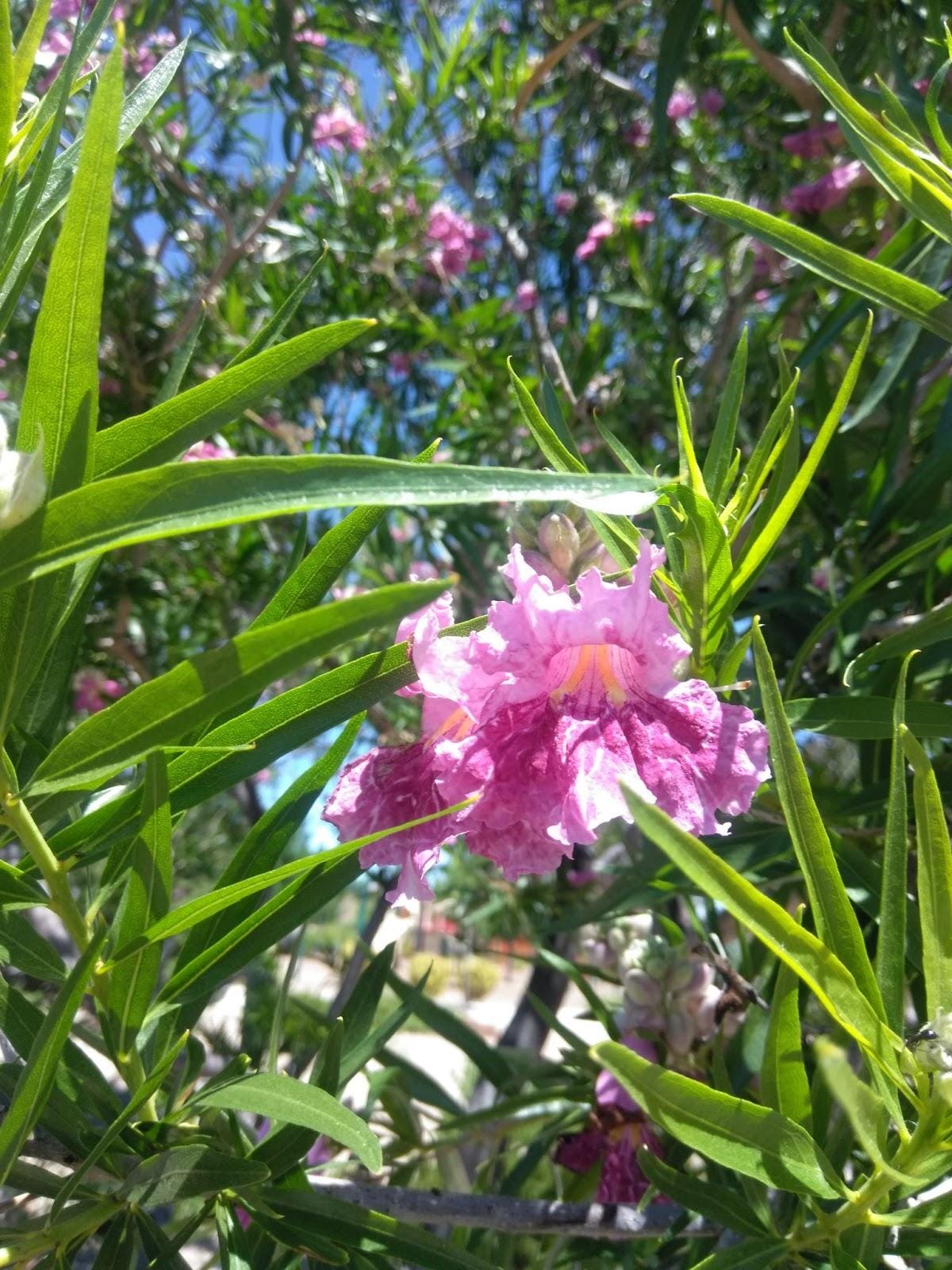Bioaccumulation, Bioremediation, and Phytomining
Do plants hold the key to healing soils and the future of precious metal mining?
Bioaccumulation is the process by which organisms absorb and store substances (often heavy metals) from their environment. This process has complex evolutionary implications for the divergence and adaptation of species, and may even challenge our typical view of evolution as survival of the fittest to survival of the cooperative. Bioremediation harnesses living organisms (such as plants, microbes, or fungi) to clean up pollutants, while phytomining uses plants to extract valuable metals from the ground—potentially turning a polluted site into a source of revenue and providing novel ways to mine precious metals from soils.
As our demand for environmental management solutions grows, understanding these natural processes and their evolution can help restore damaged ecosystems and even create new economic opportunities in areas with metal contamination.
Table of Contents
Evolutionary Origins of Bioaccumulation
Metal Bioaccumulation in Albino “Ghost” Redwoods
The Future of Bioaccumulation in Plants for Phytomining and Bioremediation
1.Evolutionary Origins of Bioaccumulation
Bioaccumulation evolved in plants as a result of the variable soils that populations become exposed to over-time. In particular, soils laden with heavy metals or unusual mineral compositions tend to increase stress on plants resulting in an evolutionary pressure for populations to adapt to these unique soil conditions. Over-time this results in the isolation of populations which are better suited to normal soils vs. soils containing these heavy metals and minerals. This results in the evolution of unique ecotypes or species that are locally adapted to these unique substrates.
This type of evolutionary adaptation is rampant among the serpentine soils of California that host up to 215 unique species of native plants endemic to these habitats [1]. Serpentine soils are characterized by low nutrient levels in combination with significant heavy metal content, making them difficult environments for most plants to grow on. These plants may hold key genes for the development of new crops that can handle sub-optimal soil conditions.
Variation in soil composition can cause unique plant communities to evolve relative to surrounding communities. In this example we see a patch of grasses, shrubs, and lower growing plants relative to a broader forest savanna community.
2.Metal Bioaccumulation in Albino “Ghost” Redwoods
Evolution is founded on the idea that the survival of the fittest individuals (i.e. those making offspring that will form the next generation) will always be favored. This presents a paradox in the case of the albino “ghost” Redwoods that make white needles lacking chlorophyll; the green solar panels within plant leaves that convert sunlight into sugar; So how do the ghost redwoods survive, and how did they even evolve if they can’t perform the basic function of photosynthesis?
The albino “Ghost Redwoods” do not produce chlorophyll, making their leaves white and unable to produce sugars from photosynthesis
These anomalous trees have been studied since the 1800’s for their unique morphology and to understand their origins. Initial research suggested these arise from rare mutations that convert the trees into parasites from neighboring trees (or arising as mutated shoots of normal photosynthetic redwoods) allowing them to continue growing without needing to make their own sugars. Recent work [2] is now challenging this assumption and forces us to rethink how evolution operates across a community of genetic variants; rather than the “fittest” individuals in a population. Dr. Zane Moore tested the elemental compositions in leaves of normal green redwoods and the albino variants; finding that albino redwood leaves contained twice the normal toxicity levels of heavy metals than would be possible for normal growth in typical green leaves. This suggests that albino redwoods are serving as soil “filters” by accumulating harmful metals in their own tissues for the benefit of surrounding redwoods, and in return photosynthetic redwoods supply them with sugars for growth. This indicates that evolution does not necessarily need to proceed as competition between individuals, and that some level of cooperation between individuals can be evolutionarily advantageous for the fitness of the entire population.
3.The Future of Bioaccumulation in Plants for Phytomining and Bioremediation
The capacity of certain plant species to accumulate metals in their tissues (whether essential micronutrients or toxic elements) has direct applications for both bioremediation and phytomining. Bioremediation aims to use plants uniquely adapted to take up and store heavy metals in above-ground tissues, known as hyper-accumulator plants, in order to detoxify contaminated soils.[3] Phytomining builds on this principle, using hyper-accumulators to extract valuable metals (nickel, cobalt, and even gold) from marginal or polluted lands, offering an environmentally friendly alternative to traditional mining. An interesting example of this type of plants is the Desert Willow (Chilopsis linearis) which has shown a high capacity to uptake and fix gold from soil into its tissue without significantly affecting its growth.[4]
Chilopsis linearis, the “desert willow”, is not a true willow but belongs to the Bignoniaceae family that is known for its beautiful tube-like flowers and is being studied for its ability to accumulate gold in its tissue.
Understanding the evolutionary foundations for these processes is key for developing novel biotechnology for our environmental management needs. These species could provide valuable genetic resources and physiological traits that could be transferred to or bred into other plants, making it possible to clean up previously unusable lands and mine valuable metals with minimal environmental damage.
From an evolutionary standpoint, the albino “ghost” redwoods highlight a surprising dimension to bioaccumulation: cooperative interactions among plants that challenge the traditional survival-of-the-fittest narrative. Such an arrangement suggests that bioremediation could be more effective when plant communities work in concert—some providing remediation benefits while receiving resources from others more adept at photosynthesis. These insights could improve how we design phytoremediation projects to utilize plant partnerships that amplify each other’s strengths and set the foundation for ecological restoration
As our need for cost-effective and sustainable environmental management solutions grows, phytomining and bioremediation represent practical, sometimes profitable, approaches to restoring degraded landscapes. Identifying, understanding, and harnessing the genetic traits behind metal accumulation can turn heavily polluted sites into opportunities to clean ecosystems, safeguard public health, and even generate revenue. By integrating the unique adaptations from evolutionary processes into our remediation efforts, we can work with nature’s own strategies to solve some of our most pressing environmental challenges.
References:
Anacker, B.L., 2014. The nature of serpentine endemism. American Journal of Botany, 101(2), pp.219-224.
Ojuederie, O.B. and Babalola, O.O., 2017. Microbial and plant-assisted bioremediation of heavy metal polluted environments: a review. International journal of environmental research and public health, 14(12), p.1504.
Rodriguez, E., Parsons, J.G., Peralta-Videa, J.R., Cruz-Jimenez, G., Romero-Gonzalez, J., Sanchez-Salcido, B.E., Saupe, G.B., Duarte-Gardea, M. and Gardea-Torresdey, J.L., 2007. Potential of Chilopsis linearis for gold phytomining: using XAS to determine gold reduction and nanoparticle formation within plant tissues. International Journal of Phytoremediation, 9(2), pp.133-147.






